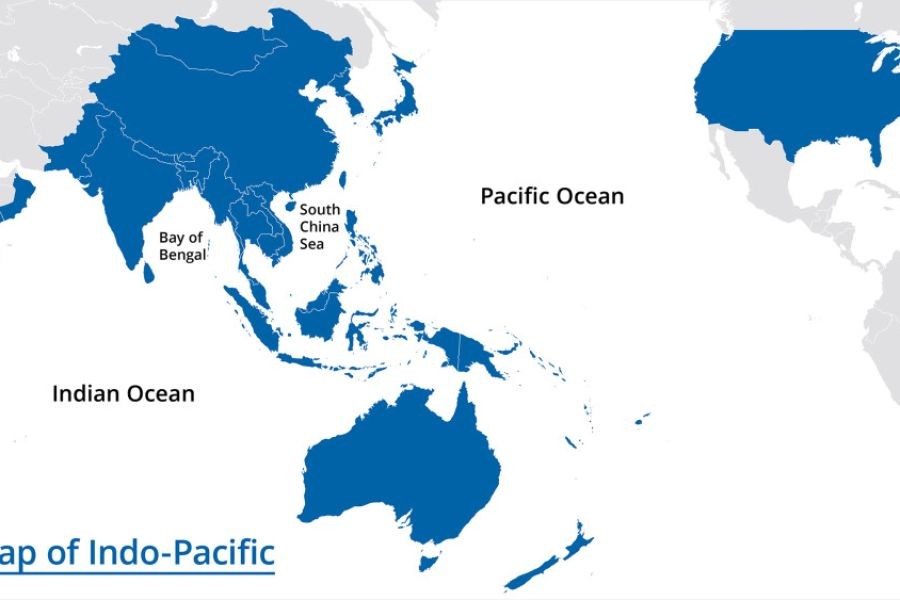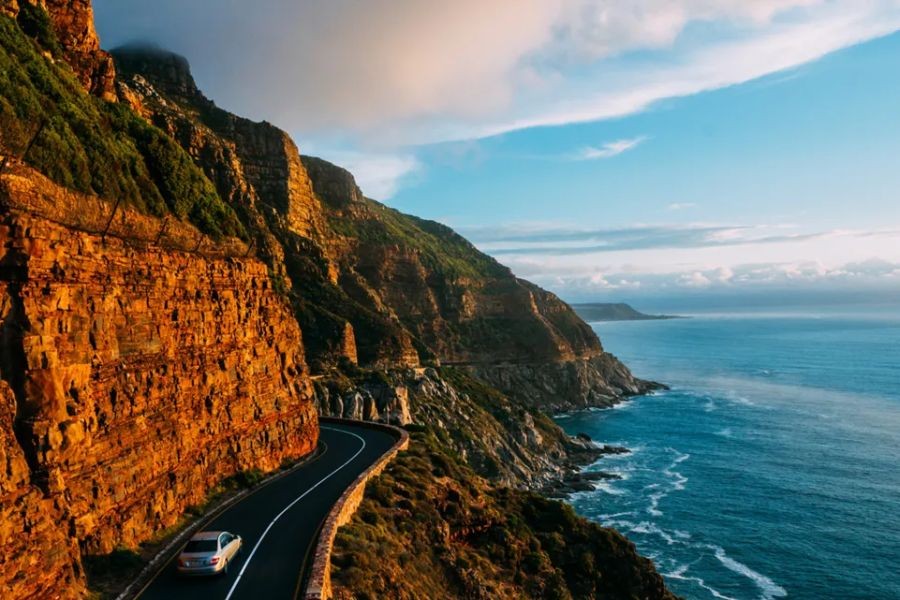New Zealand, often celebrated for its breathtaking landscapes and unique biodiversity, faces a growing challenge: preserving its unique wildlife. With an estimated 80% of its native flora and fauna found nowhere else on Earth, the urgency to protect these species is escalating. But what does this mean for investors and the broader economic landscape in New Zealand? The intersection of conservation with economic growth presents both challenges and opportunities, especially in a nation where tourism and agriculture—two industries heavily reliant on the natural environment—play pivotal roles in the economy.
According to the Ministry of Business, Innovation and Employment (MBIE), tourism contributed NZD 41 billion to New Zealand's GDP in 2019. However, the COVID-19 pandemic highlighted the fragility of this sector, emphasizing the need for sustainable practices that protect and enhance the country's natural allure. Investors, therefore, have a vested interest in ensuring that New Zealand's biodiversity remains intact, not only for ethical reasons but also for maintaining economic stability. This article delves into how venture capitalists can play a role in this preservation, offering actionable insights, expert opinions, and data-driven analysis that underscore the importance of proactive investment in conservation.
Investing in Conservation: A Lucrative Opportunity
For venture capitalists, investing in conservation might seem atypical. However, the potential returns—both financial and environmental—are significant. New Zealand's government has set ambitious targets to achieve zero carbon emissions by 2050, with conservation playing a crucial role. According to Stats NZ, the environmental sector is expected to grow by 3.5% annually, presenting a burgeoning market ripe for investment.
Case Study: Predator Free 2050
One noteworthy initiative is Predator Free 2050, a nationwide project aiming to eradicate invasive species like possums, rats, and stoats, which threaten native wildlife. This government-backed project has attracted significant attention from both local and international investors.
Problem: New Zealand's native birds and other wildlife face extinction due to invasive predators. The Department of Conservation estimates that 25 million native birds are killed annually by these predators.
Action: Predator Free 2050 Ltd was established to coordinate efforts and attract private investment. The initiative employs innovative technologies, such as automated traps and drones for surveillance, to control predator populations.
Result: Since its inception, several regions have reported a 50% reduction in predator populations, leading to a noticeable rebound in native bird numbers.
Takeaway: This case highlights the potential for both ecological and economic returns on investment in conservation technologies.
Data-Driven Insights: The Economics of Conservation
According to a report by the Reserve Bank of New Zealand, the economic benefits of conservation extend beyond tourism. Sustainable agricultural practices, which protect biodiversity, can enhance productivity and open new markets for eco-friendly products. For instance, organic farming, which minimizes chemical use and promotes biodiversity, has seen a 20% annual growth in export revenues.
Contrasting Perspectives: Conservation vs. Development
While the benefits of conservation are evident, there is a tension between conservation efforts and economic development, particularly in regions where land use is contested. Some argue that development projects can provide immediate economic benefits, whereas conservation offers long-term gains.
Advocate View: Conservation supports sustainable economic growth and can lead to the development of new industries, such as eco-tourism and green technology.
Critic View: Development projects, such as mining or agriculture, offer immediate job creation and economic benefits but may compromise long-term sustainability.
Middle Ground: Integrated management strategies that balance short-term economic needs with long-term conservation goals are essential.
Common Myths & Mistakes in Wildlife Preservation
- Myth: "Conservation efforts are solely the responsibility of the government." Reality: Private sector involvement is crucial. Collaborative efforts between the government and private entities have proven successful, as seen in Predator Free 2050.
- Myth: "All conservation projects are expensive and offer no financial returns." Reality: Many conservation projects, particularly those involving innovative technology, have seen significant ROI and have opened new revenue streams.
- Myth: "Preserving wildlife means halting all development." Reality: Sustainable development practices can coexist with conservation, leading to mutual benefits.
Future Trends & Predictions in Conservation
The future of conservation in New Zealand will be shaped by technological advancements and policy shifts. A report by Deloitte predicts that by 2028, New Zealand's conservation tech sector will be valued at NZD 1 billion, driven by innovations in AI and drone technology for wildlife monitoring.
Moreover, policy changes, such as stricter environmental regulations and incentives for green technologies, will likely accelerate private investment in conservation. These trends suggest that venture capitalists who position themselves early in this sector stand to benefit significantly.
Final Takeaways & Call to Action
- Investing in conservation is not only ethically sound but financially prudent, with growing market opportunities in New Zealand.
- Technological advancements are key to effective conservation strategies, offering new avenues for investment.
- Collaborative efforts between the government and private sector can lead to sustainable economic growth.
As New Zealand continues to navigate the delicate balance between economic development and environmental preservation, the role of venture capitalists is crucial. By investing in sustainable practices and innovative technologies, investors can not only contribute to preserving the nation's unique wildlife but also achieve significant economic returns.
What's your take on the future of conservation in New Zealand? Share your insights below!
People Also Ask (FAQ)
How does wildlife preservation impact New Zealand's economy?Wildlife preservation supports sustainable tourism and agriculture, leading to long-term economic benefits. According to MBIE, conservation initiatives like Predator Free 2050 are crucial for maintaining biodiversity, which is vital for tourism, contributing NZD 41 billion to the economy.
What are the biggest misconceptions about wildlife preservation?One common myth is that all conservation projects are costly with no financial returns. However, innovations in conservation technology have proven profitable, as shown by the success of Predator Free 2050.
What strategies can venture capitalists use to invest in conservation?Venture capitalists should focus on technologies that enhance conservation efforts, such as AI and drones for wildlife monitoring, and collaborate with government initiatives to maximize impact and returns.
Related Search Queries
- New Zealand conservation investment opportunities
- Impact of tourism on NZ wildlife
- Sustainable agriculture in New Zealand
- Future of eco-tourism in NZ
- Conservation technologies 2025 trends
- Private sector role in NZ conservation






























